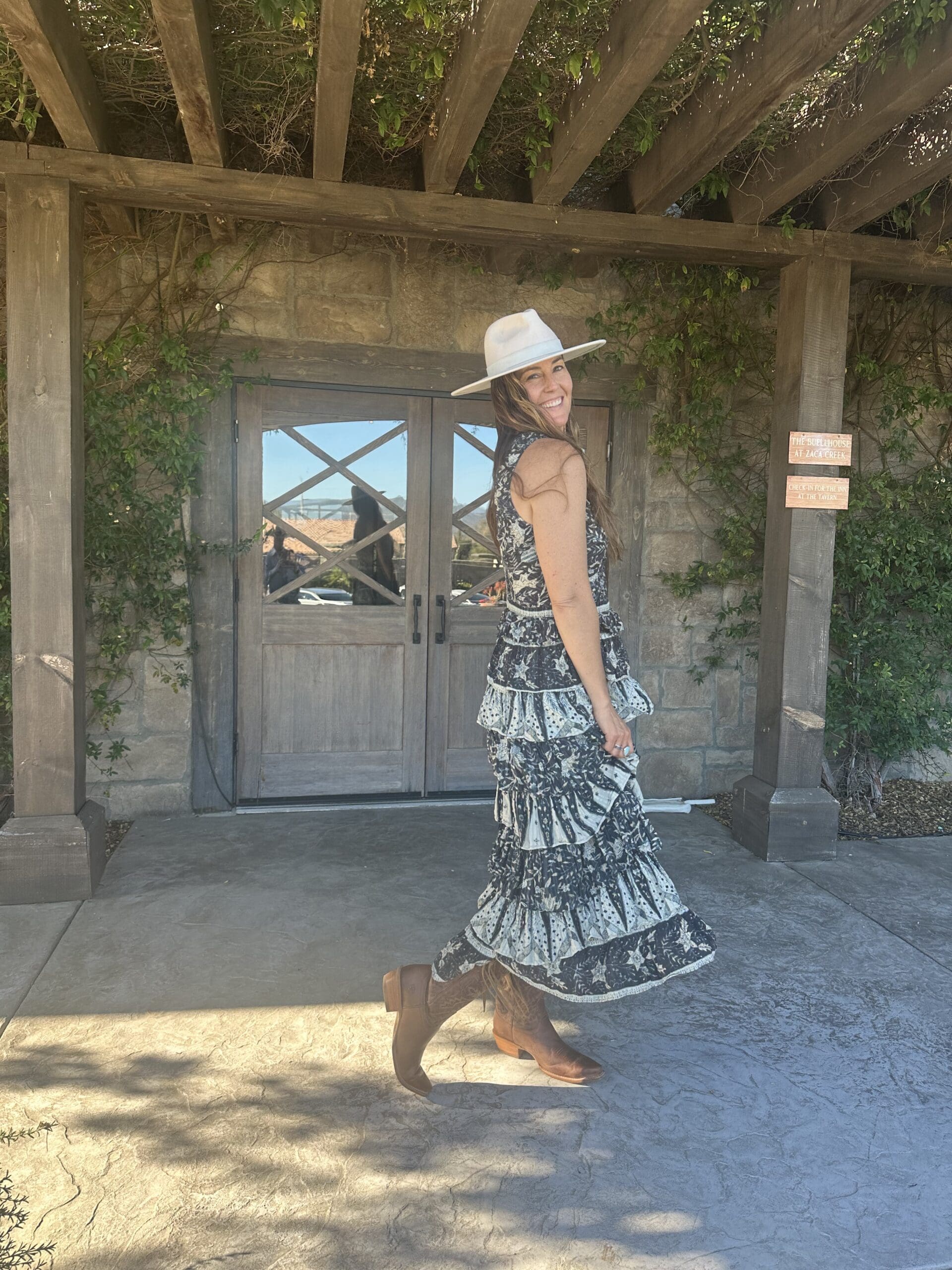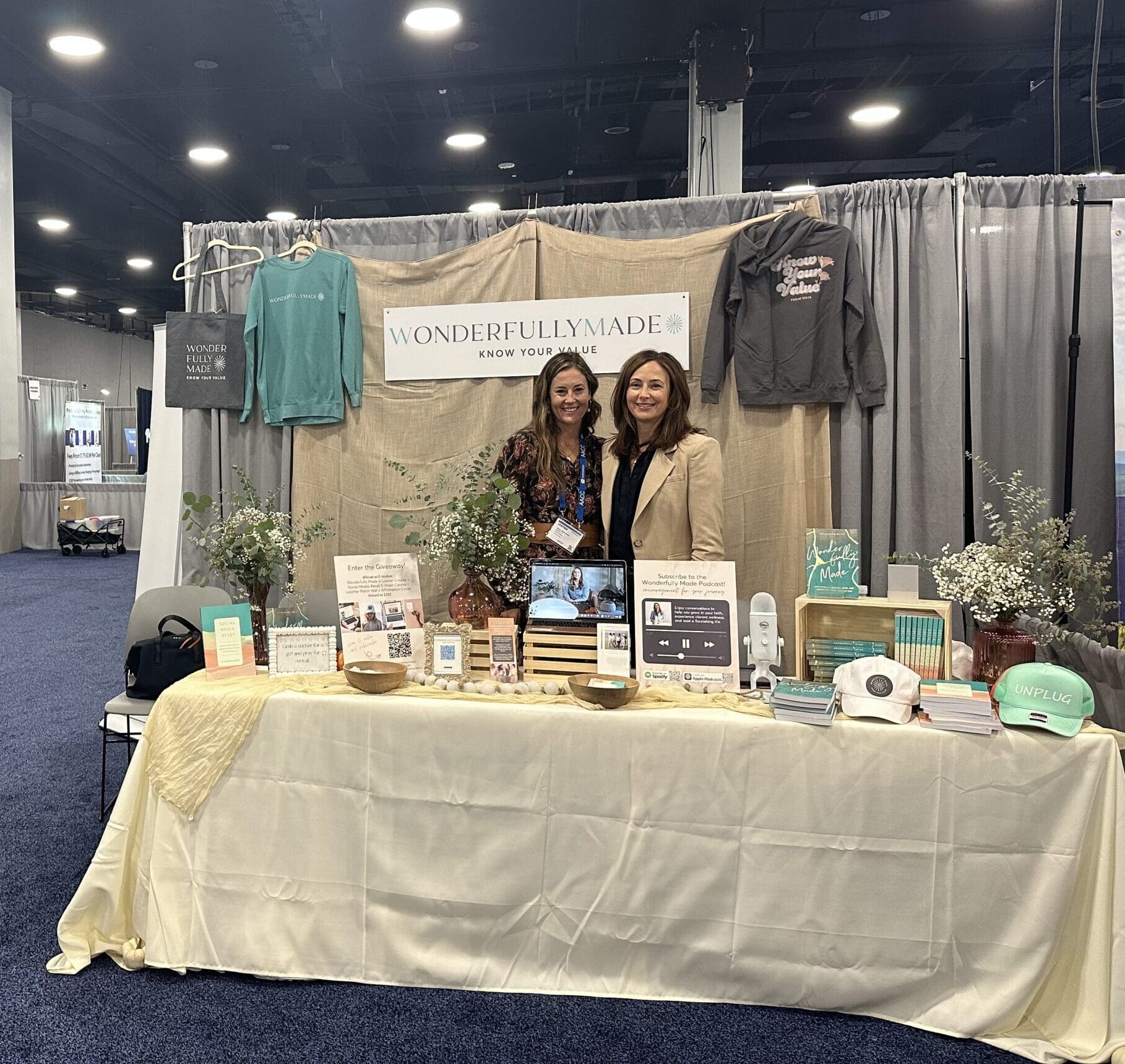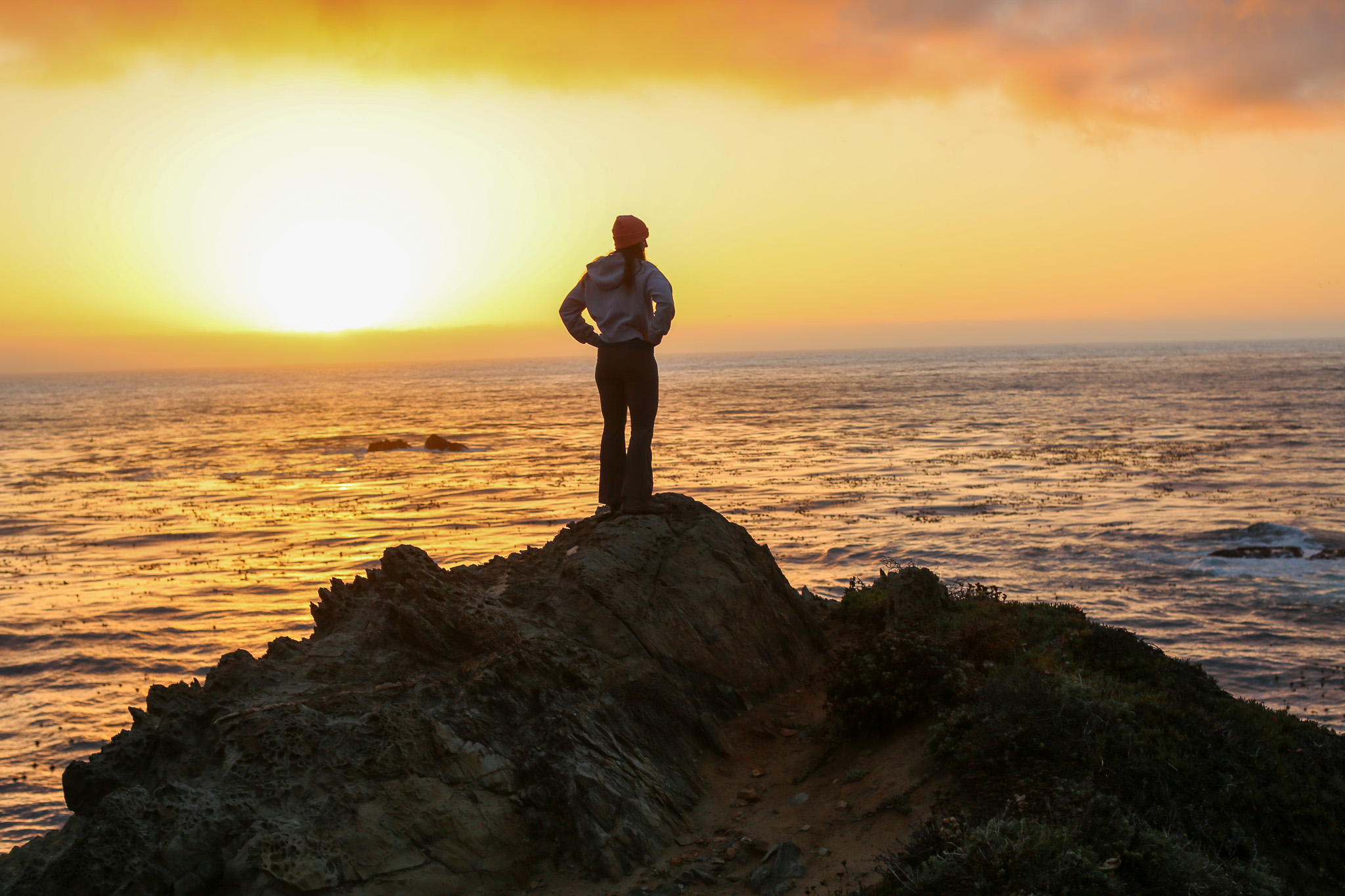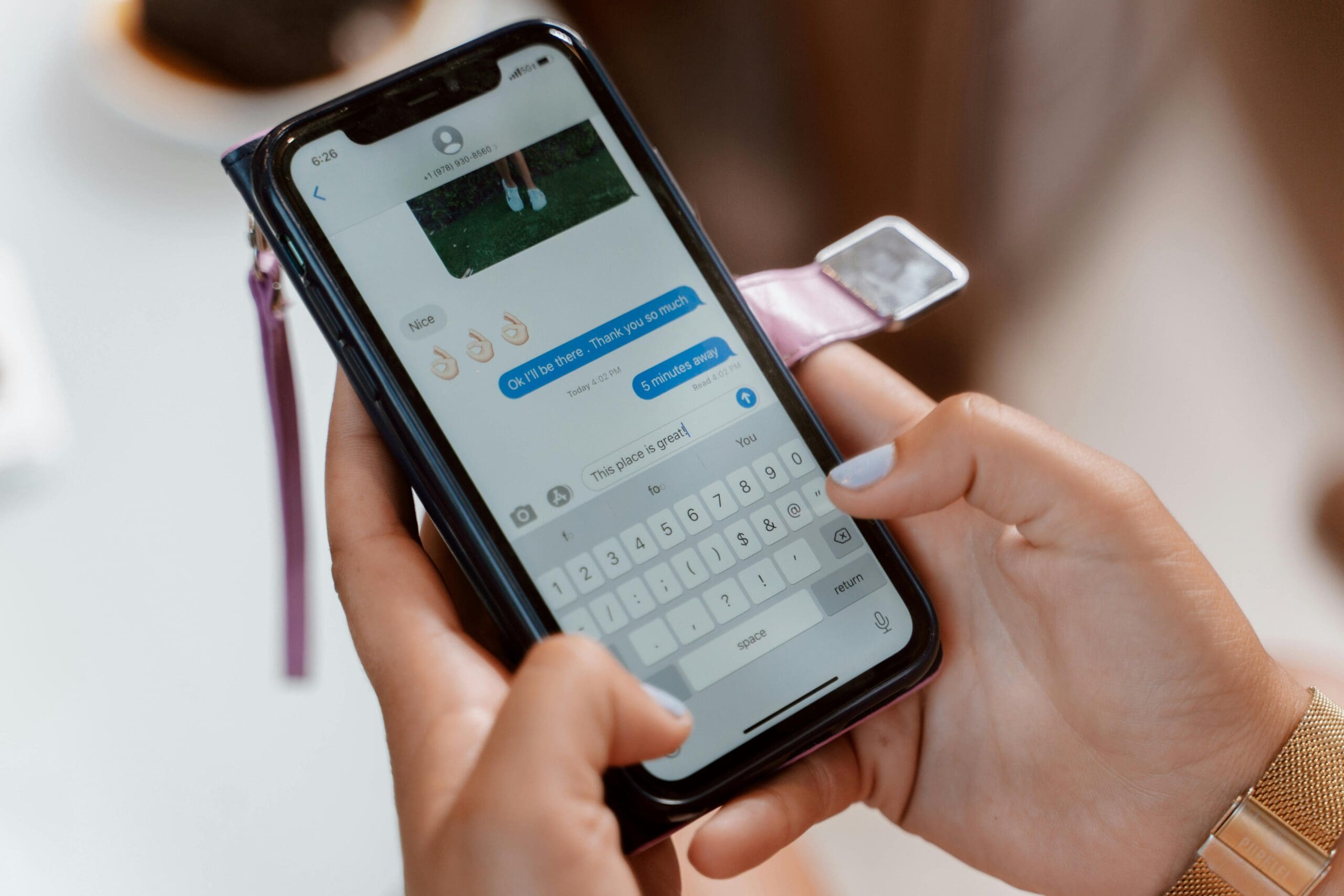Years ago, I stumbled across the work of Cal Newport, an author who teaches the art of what he calls digital minimalism and it fascinated me.
Newport defines digital minimalism as:
“A philosophy of technology use in which you focus your online time on a small number of carefully selected and optimized activities that strongly support things you value, and then happily miss out on everything else.”
As an author and creator, I strive to be a digital minimalist, enabling me to produce the best work possible. This approach has allowed me to be more productive and engage in deeper, more meaningful work. I don’t have any notifications turned on, and when I write my books, I use social media even more sparingly.
People often ask me how I accomplish so much, and practicing digital minimalism and doing deep work is one of the keys to my success.
Mindlessly scrolling through social media and YouTube does not add value to my life. For me, my biggest distractions are email and text messages. I’m trying to put email in its place and check it no more than three times a day for as little as possible. I recently bought a landline to minimize the distractions of text messages.
This plays into how I use social media as well. I use it to learn from experts. I follow fewer than 10 experts, teachers, and authors, and spend about 20 minutes a day learning from them. I use social media to make myself smarter, healthier, and more successful.
When we minimize distractions, noise, and overwhelm that often come with constant digital connection, we experience a lot more peace, creativity, and clarity. And we become a lot more successful!
Steps to Become a Digital Minimalist
Find Your “Why”
- Why do you want to reduce digital clutter? More focus? Better mental health? More time for relationships?
- Write down your motivations to keep you grounded.
Take an Audit Your Digital Life
- List all the apps, devices, and online services you use regularly. I have my readers do this in Social Media Reset
- Note which ones add value and which mostly distract or stress you.
Get Rid of Digital Declutter
- Delete or disable apps that don’t serve your goals.
- Turn off all notifications
- Unsubscribe from email lists
- Clean up social media: unfollow, mute, or block accounts that drain you.
Set Boundaries & Limits
- Schedule specific times to check email and social media rather than constant scrolling. I teach my readers how to do this in Social Media Reset.
- Use tools like “Do Not Disturb,” screen-time limits, or app blockers.
- Keep your phone out of reach during focused work or personal time.
Choose Quality Over Quantity
- Prioritize digital tools that genuinely help your work, creativity, or relationships.
- Use fewer, but better apps and platforms.
Practice Intentional Tech Use
- Before opening an app or device, ask: “Is this necessary right now?”
- Replace mindless scrolling with meaningful activities (reading, walking, connecting face-to-face).
Create Tech-Free Zones & Times
- Establish no-phone times (mealtimes, family time, before bed).
- Create spaces at home where devices aren’t allowed.
What are your biggest digital distractions? What could your personal, educational, or professional life look like if you practiced digital minimalism?
P.S. Catch my podcast conversation with my friend Kate Merrick on the Wonderfully Made podcast titled, The Joy of Digital Minimalism.
Yes, it is hard, but you are worth it! Imagine how much happier and successful you could be if you adopted this philosophy of using technology.
P.S. Cal Newport, a best-selling author who has no social media, supports my argument that you don’t need social media to be successful. In fact, social media can make you unsuccessful! Read my post titled “How to Be Successful without Social Media.”
*Please note that the bullets listed in this post were written with the assistance of ChatGPT, which allowed me to make it easier to give you this important content.






